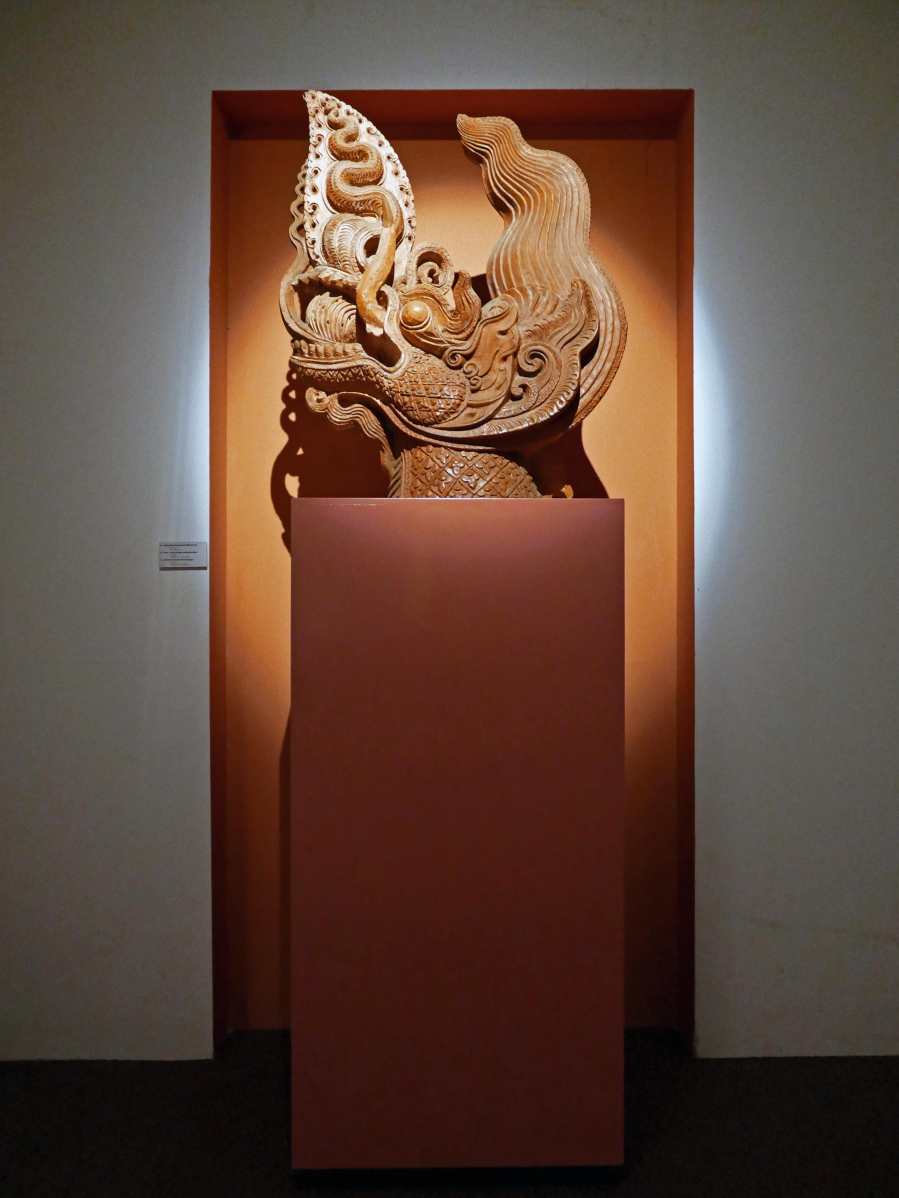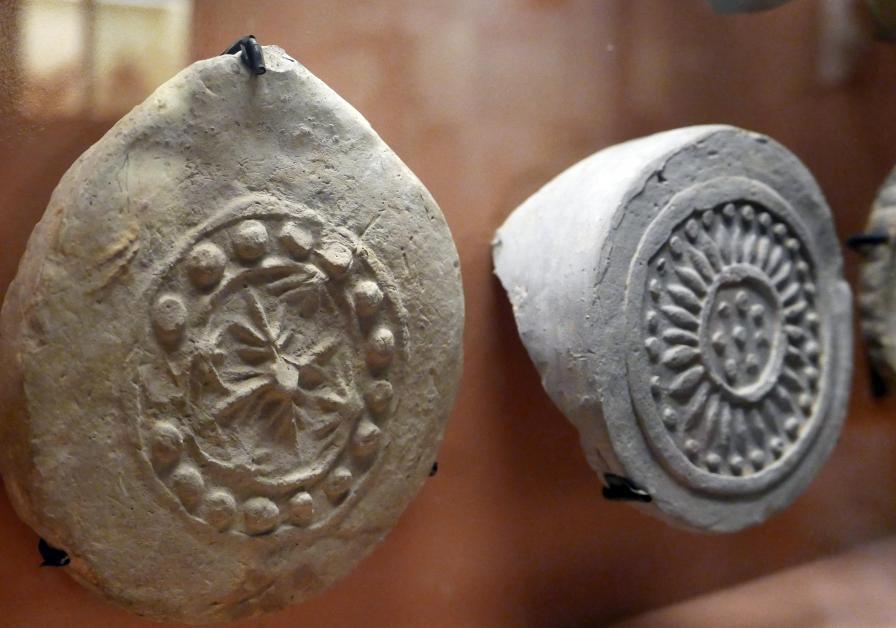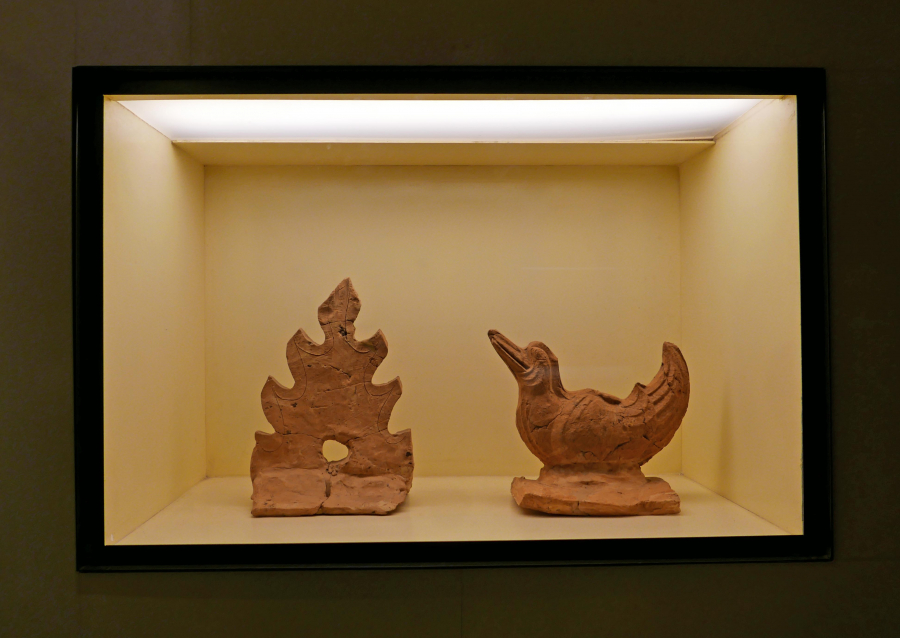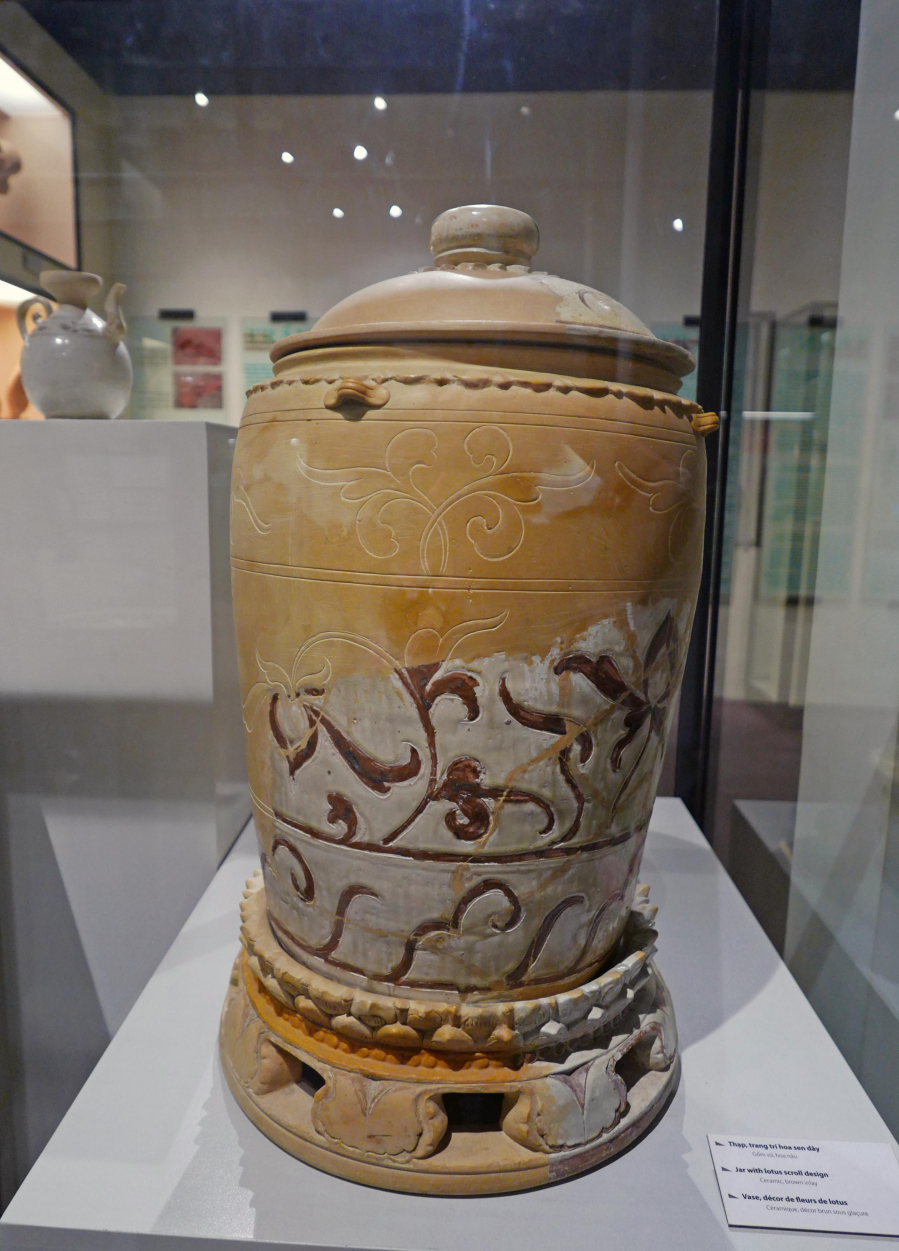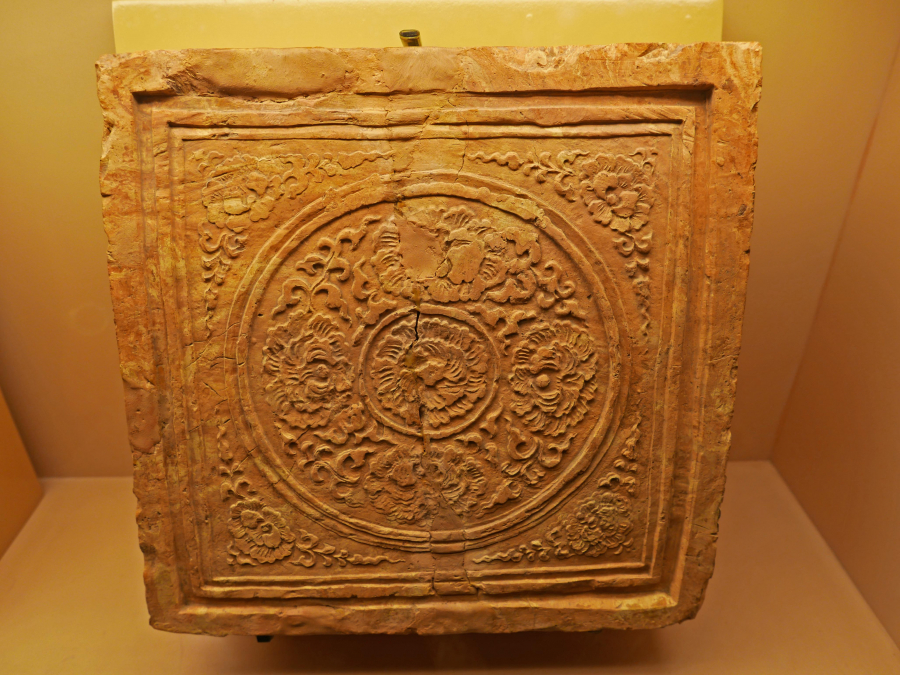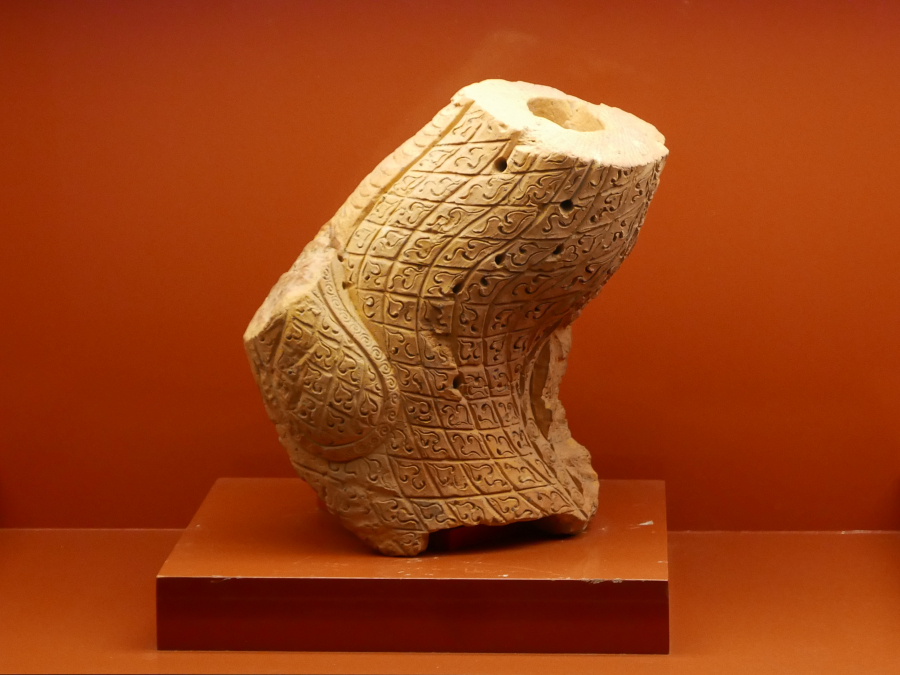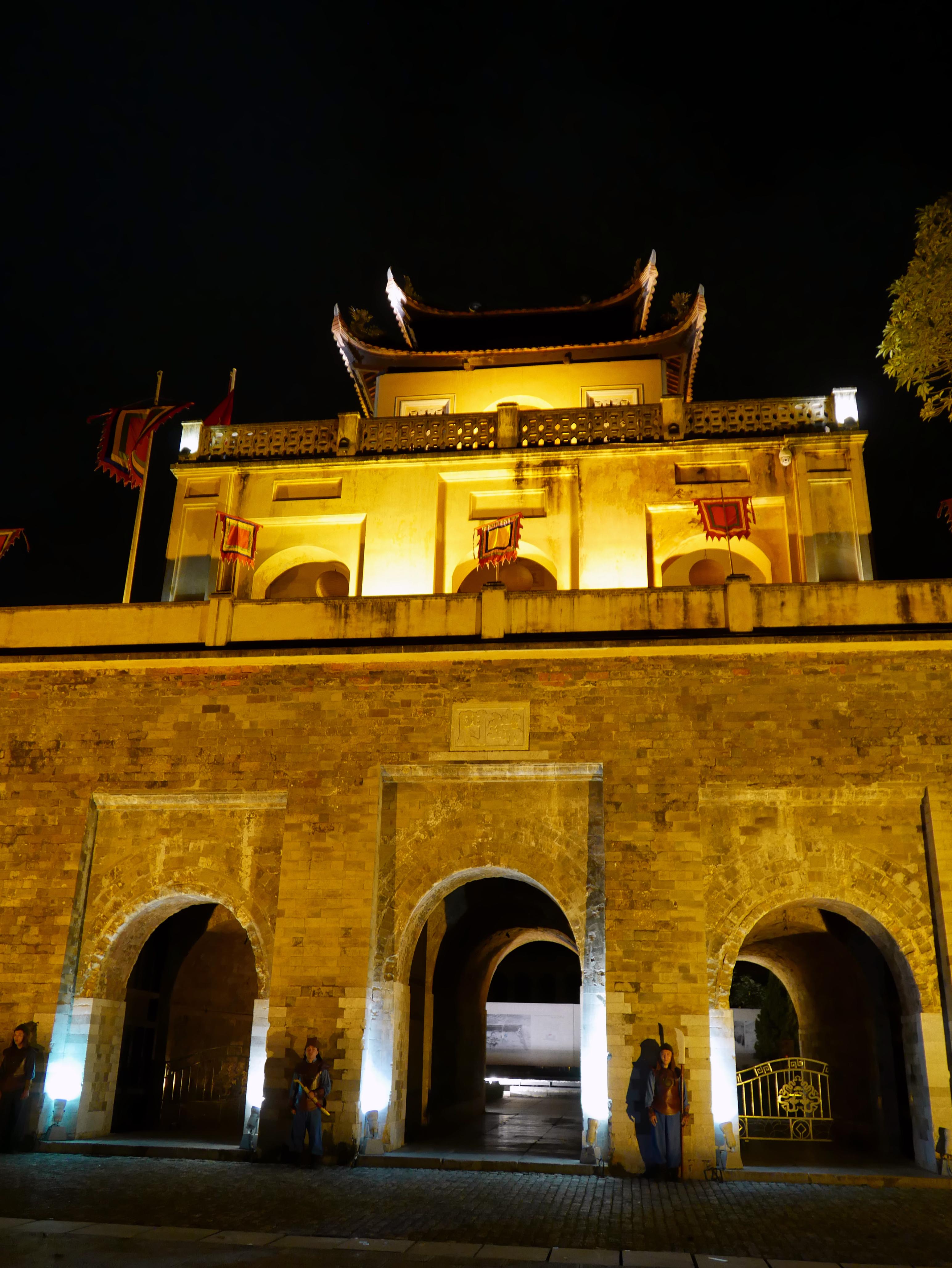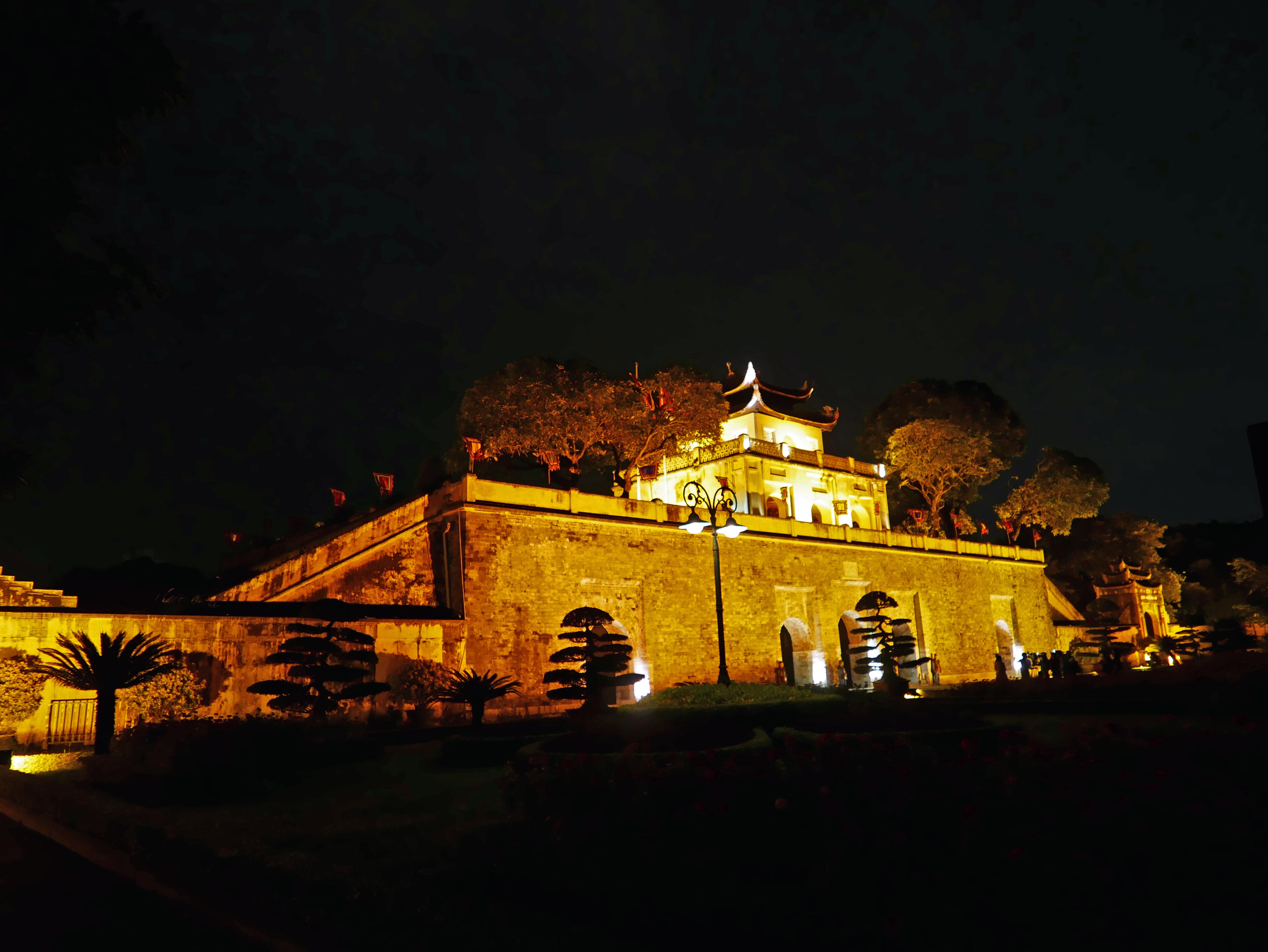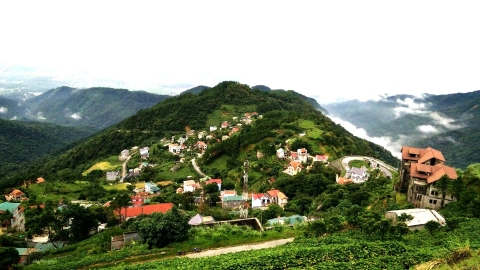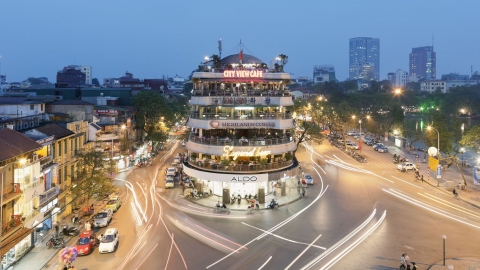Thang Long Imperial Citadel is a complex of relics associated with the history of Thang Long - Dong Kinh citadel and Hanoi city starting from the pre-Thang Long period (An Nam protectorate in the 7th century) through the Dinh - Tien Le period, strongly developed under the Ly, Tran, Le dynasties and Hanoi citadel under the Nguyen dynasty. This is a massive architectural work, built by the dynasties in many historical periods and has become one of the most important relics in the system of Vietnamese relics.
Not only is it the economic, political and cultural center of dynasties for 13 centuries, a testament to the cultural exchange - unique customs and practices through each period, Thang Long Imperial Citadel is also a place associated with thousands of years of history of building and defending the nation and has been recognized by UNESCO as a World Cultural Heritage.

Recently, the Thang Long-Hanoi Heritage Conservation Center in collaboration with the Hanoi Tourism Association has developed and introduced the night tour "Decoding the Imperial Citadel of Thang Long" to bring the public a unique tourism product, while stimulating domestic tourism after the Covid-19 pandemic. This night tour also gives visitors the opportunity to explore the mysteries of the Imperial Citadel of Thang Long, and at the same time witness the solemn and quiet beauty of the Imperial Citadel at night.
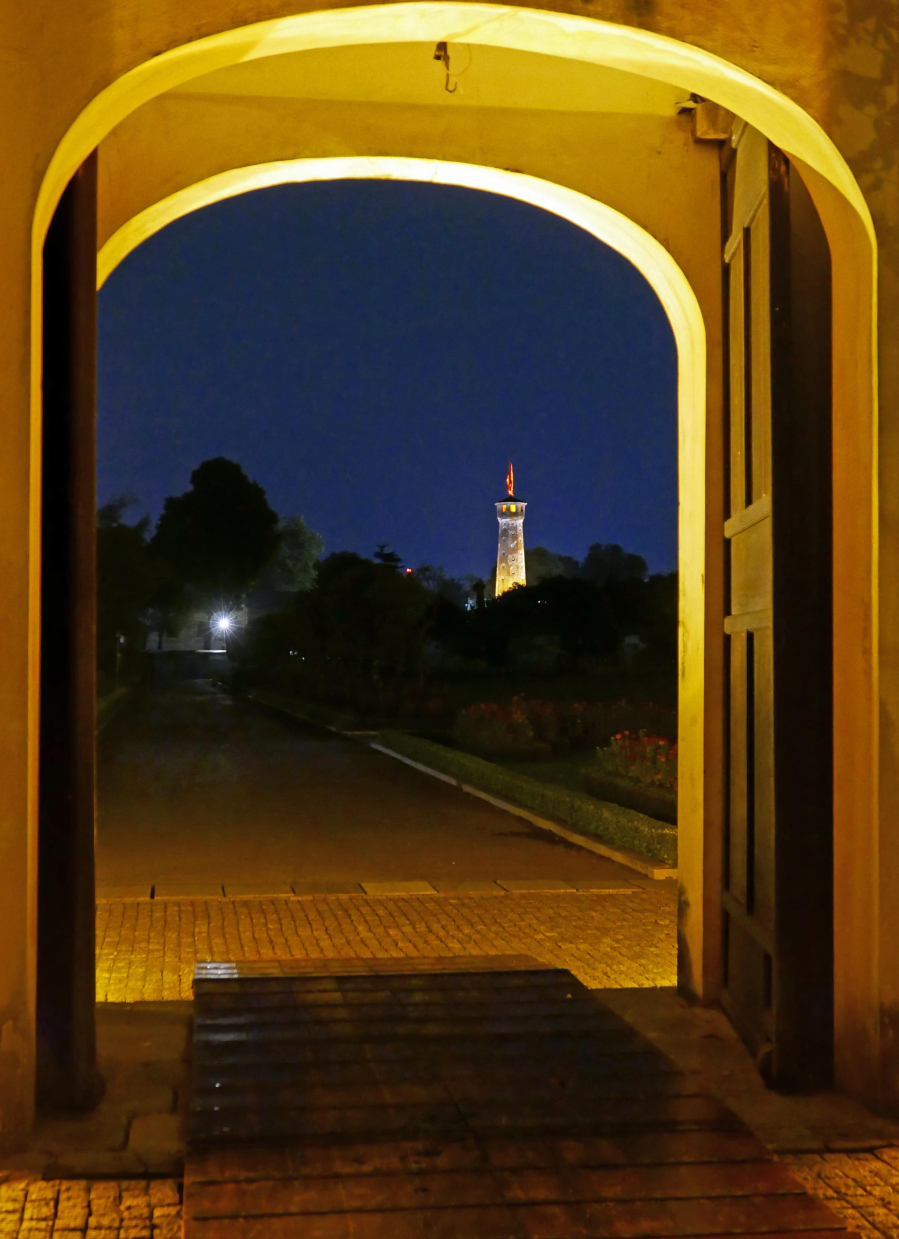
Hanoi Flag Tower seen from Thang Long Imperial Citadel
With an experience time of about 1 hour, the night tour "Decoding the Imperial Citadel of Thang Long" has an itinerary starting from Doan Mon - the gate leading to the Forbidden City, the former residence and workplace of the king; experiencing the ancient Imperial Citadel space; enjoying the ancient dance "Splashing water on a moonlit night"; witnessing with your own eyes the archaeological remains of the three dynasties Ly, Tran, Le overlapping each other discovered in an excavation pit located right behind Doan Mon; admiring the precious artifacts and antiques found at the Imperial Citadel of Thang Long at the exhibition house with the theme "Thang Long - Hanoi - Thousand-year history from underground"; offering incense at Kinh Thien Palace.
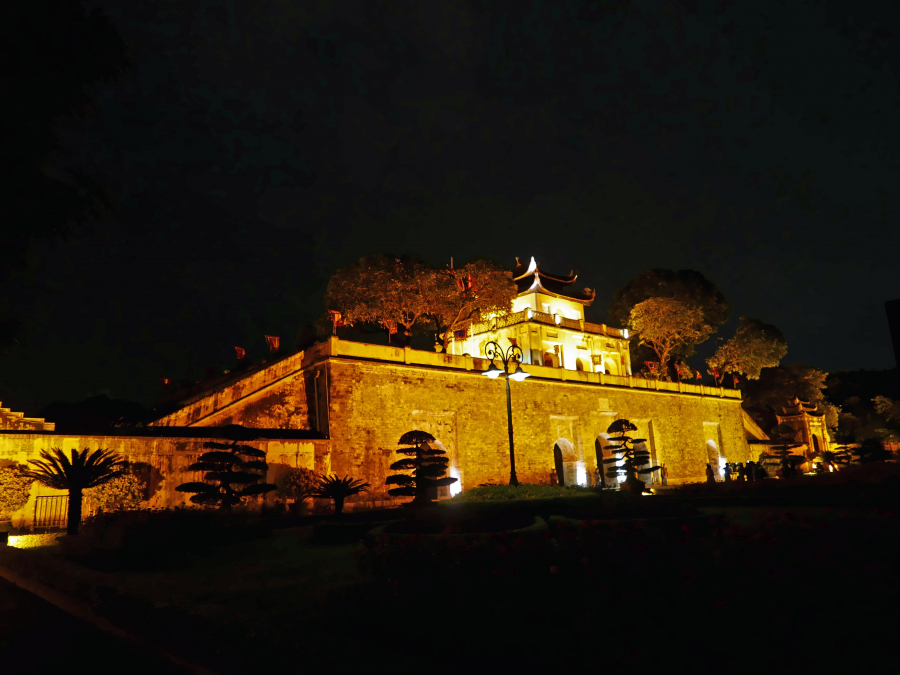
Doan Mon
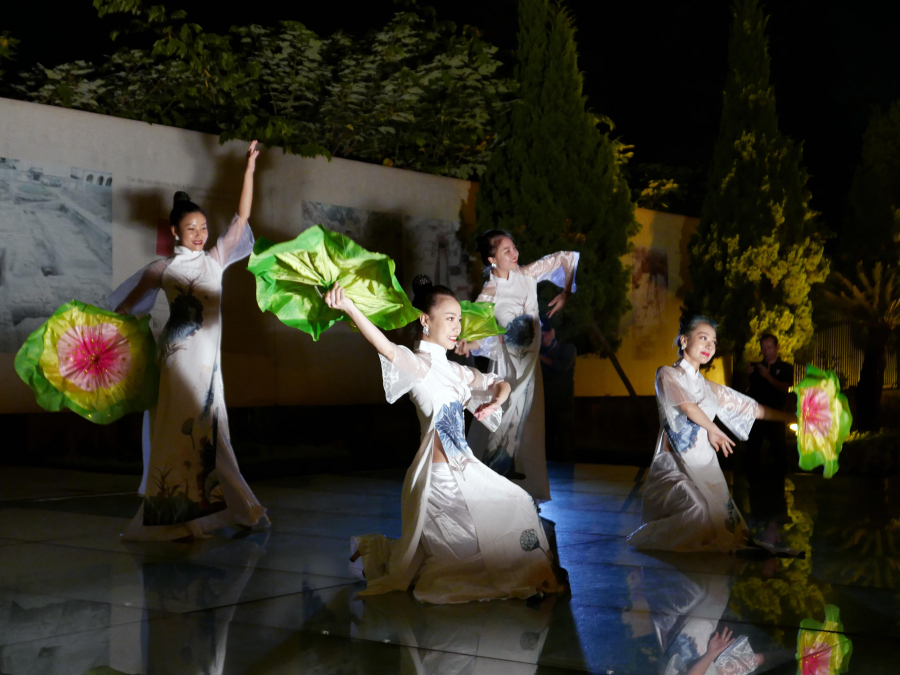
Performing the ancient dance "Splashing water on a moonlit night"

The last stop of the night tour is the 18 Hoang Dieu Archaeological Site with an area of 45,530 m2. Here, after many years of excavation, archaeologists have found millions of artifacts of mixed ages, stacked on top of each other over the past 1,300 years. In the world, it is very rare for a capital city of a country to preserve underground a complex of relics and artifacts with a long history and culture and with layers of culture stacked and connected to each other quite continuously like that. This is a prominent feature, contributing to the great value and uniqueness of the relic site.
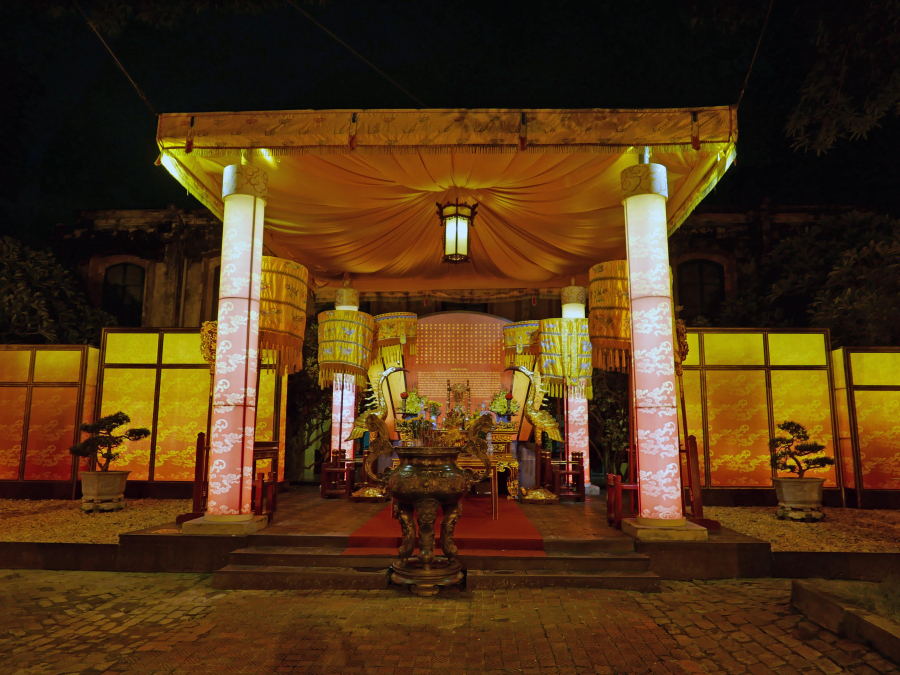
Dien Kinh Thien - the place considered the center of the country
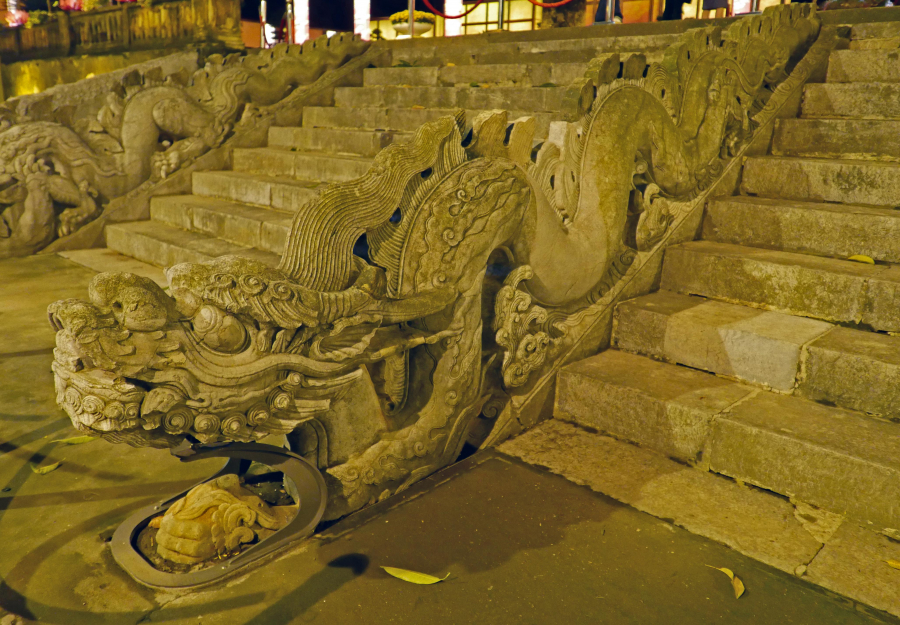
The Dragon Platform in front of Kinh Thien Palace was created in 1467 under the reign of King Le Thanh Tong.
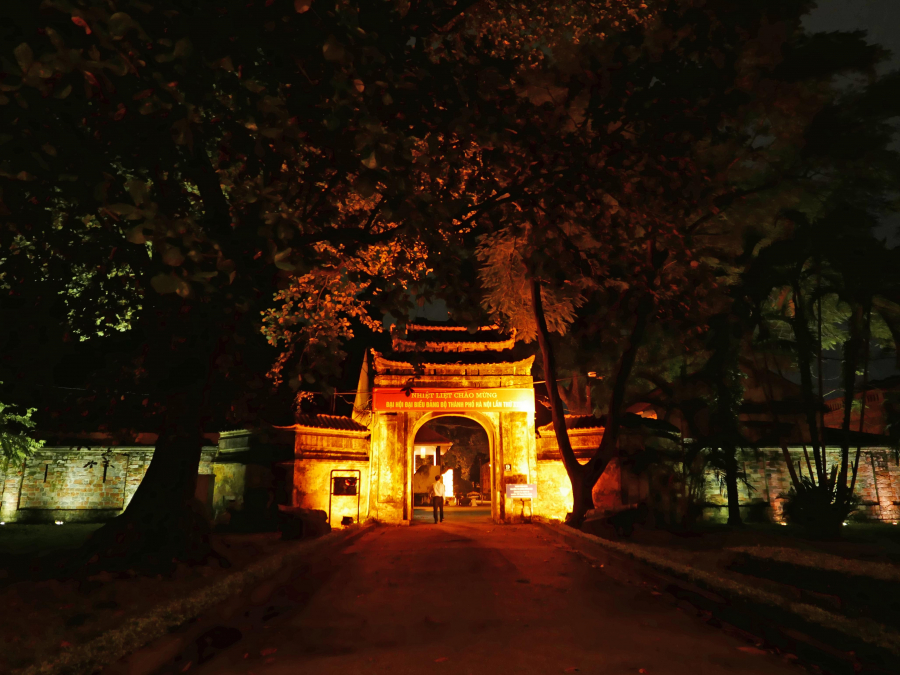
The entrance to Kinh Thien Palace is located on Hoang Dieu Street.
The tour ends with the Thang Long Imperial Citadel Decoding Game for all visitors. Accordingly, some typical artifacts of the Imperial Citadel will be projected by laser for visitors to guess what they are and what period they belong to. This is an interesting challenge, not only helping visitors have a relaxing time but also a way for visitors to review the information they have acquired during the tour, challenging each person's memory.

Archaeological site 18 Hoang Dieu
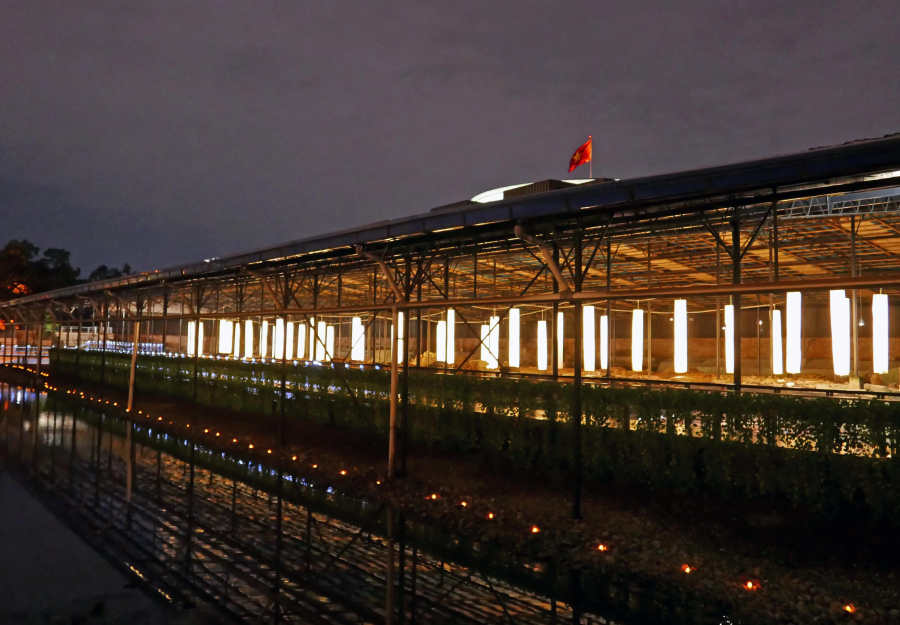
These lamp posts were built to simulate the corridor columns in the ancient Imperial Citadel.
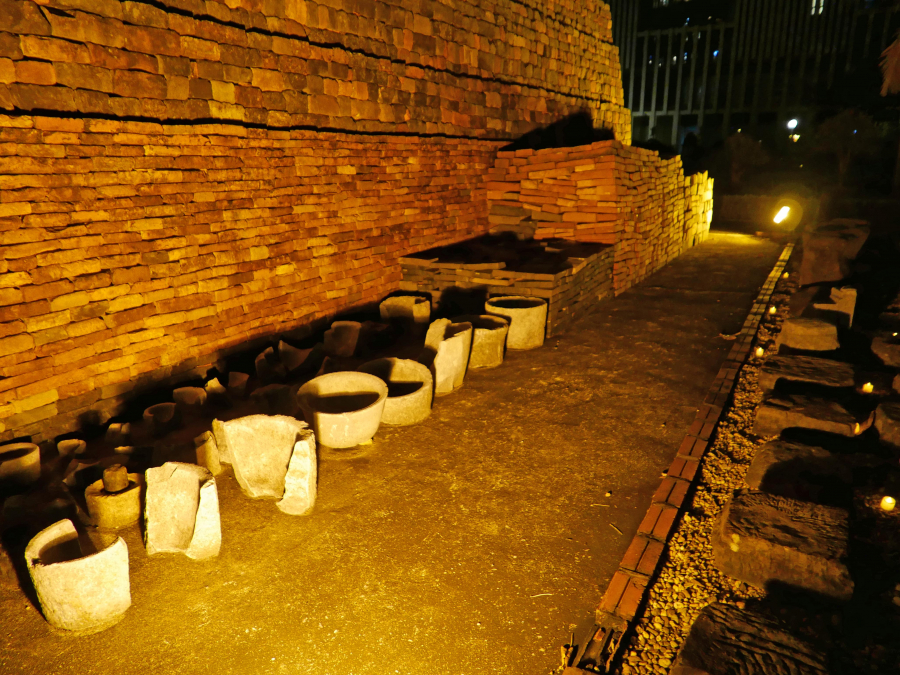
Bricks from the Dai La period (7th-9th century), Ly - Tran period (11th-14th century) and Le period (15th-17th century) excavated at the archaeological site at 18 Hoang Dieu
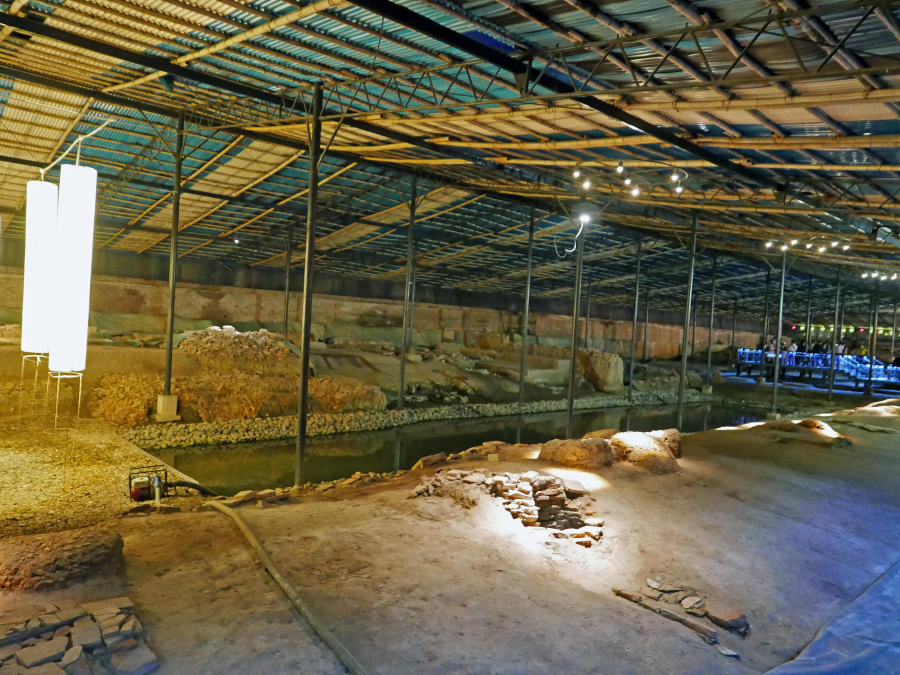
Lake of the Tran Dynasty (13th-14th century). The strange thing is that this lake contains salt water, according to archaeologists, there are traces showing that this lake raised salt water aquatic plants. Historians believe that this was a way for the Tran kings to remember their homeland (the origin of the Tran Dynasty was Dong Trieu, Quang Ninh).
According to the Thang Long-Hanoi Heritage Conservation Center, the "Decoding the Imperial Citadel of Thang Long" night tour is expected to officially welcome visitors at the end of this year. Operating hours are from 5:30 p.m. to 9:00 p.m. daily in winter and from 6:00 p.m. to 9:30 p.m. daily in summer. The expected price is 150,000 VND/person.
Images of some artifacts introduced at the Thang Long Imperial Citadel exhibition area:
